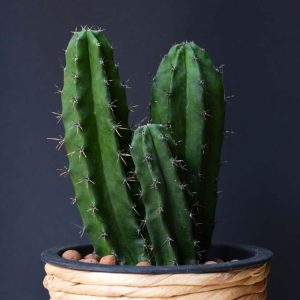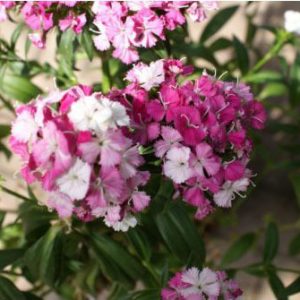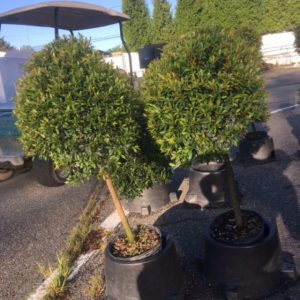Description
Hedyotis – Bluets –
There are about 150 species of quick growing, upright or prostrate,, often stem rooting perennials, in this genus. They occur in most habitats in North America. They are attractive. Sometimes short lived plants, valued for their 4 petalled, salverform or funnel shaped, blue or white flowers, borne in profusion from spring to summer. The small, shiny, ovate or oval leaves, 1/4-2″ long, are opposite or occasionally clusters. Grow in a woodland or rock garden, ideally in shady rock crevices.
Grow in humus rich, moist but well drained, preferably acidic soil in dappled to full shade. Mulch with pine needles in autumn and spring. Divide in spring or autumn.
Prone to rust, snails and slugs.
H. michauxxii – Houstonia caerulea – H. caerulea – Creeping Bluets – H. serpyllifolia – This mat forming perennial with rooting stems from Southeastern USA grows 3″ tall and 12″ wide. It produces tiny, rounded, ovate or oval, glossy, mid green leaves, to 1/4″ long. In late spring and early summer, short, erect stems bears usually solitary, axillary and terminal, salverform, 4 petalled, sky blue flowers, to ½” across, with white eyes.
Zones 3-8





